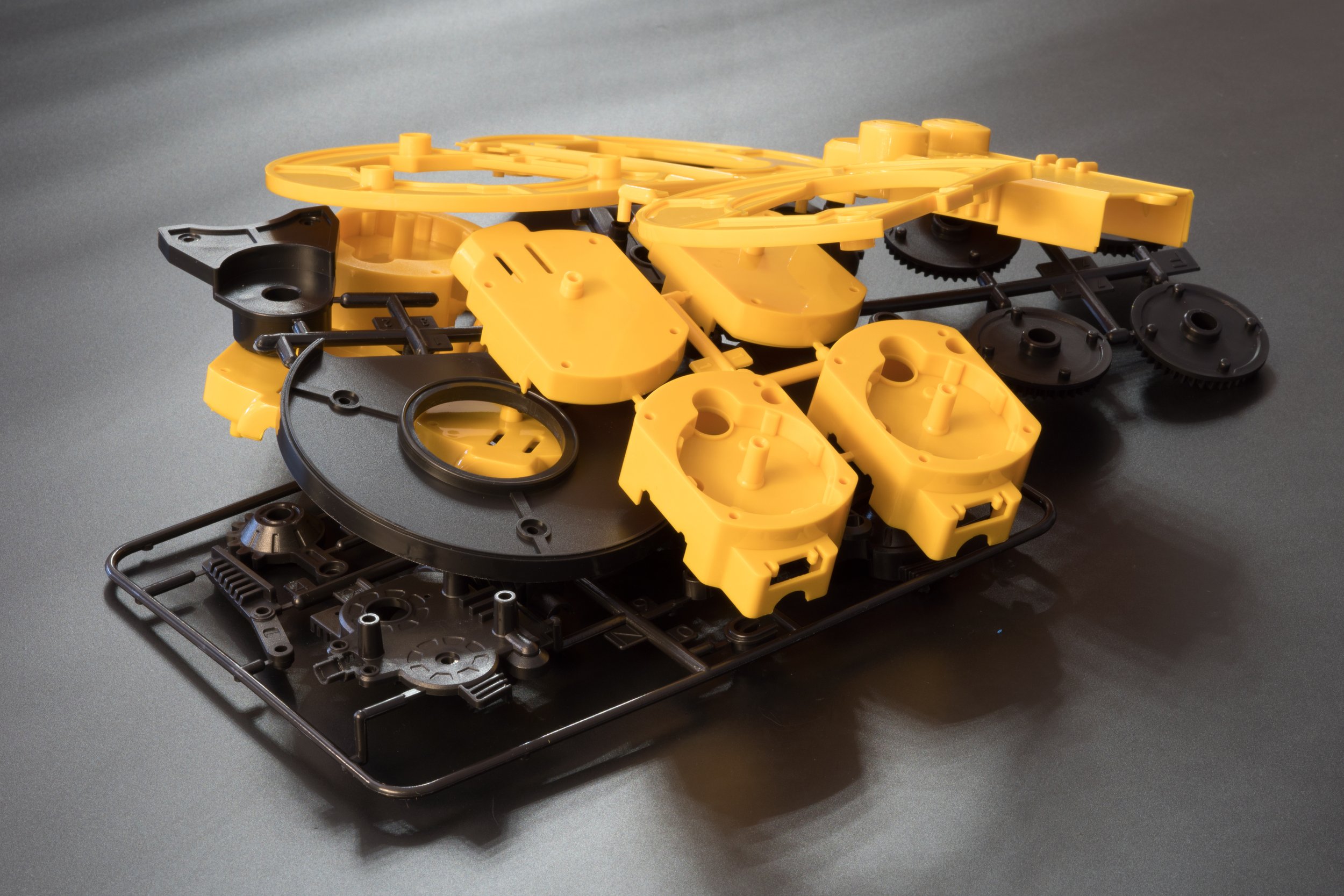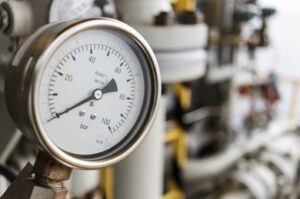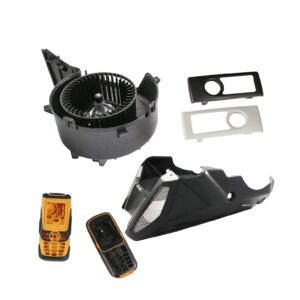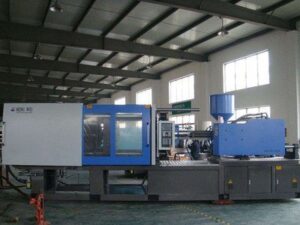Injection molding can be very expensive, especially when you are working with high-tech servo driven machinery. You need to consider the tonnage size rating of the machine as well as the overall capital investment. A small tonnage injection molding machine will be sufficient for small molds, while a large injection molding machine will be needed for large molds.
Material costs
Injection molding parts undergo a process of multiple iterations. This process can save a lot of money and time. For example, you can reuse a mold to produce a larger or taller version of a part. This can also be a great way to reduce tooling costs.
Injection molding costs are also influenced by the size of the part and the size of the mold. In general, larger parts require larger molds and more material to be injected. Bigger molds also require larger CNC machines, which are more expensive. However, there is a crossover in the size-to-cost relationship, where a small injection mold with a complex design may cost more than a larger mold with simple features.
Another factor that affects injection molding costs is the complexity of the component. Parts that have sharp corners, thin ribs, or undercuts are more complex and require more skilled workers. Those parts may also require secondary machining processes, called EDM machining. They may also require features like company logos, textured surfaces, or molded part numbers.
Lastly, there is the cost of secondary processing, including painting, screen printing, and electroplating. These costs typically amount to eight percent or more of the initial cost of the tooling. Injection molding cost estimation software, as well as online service providers, can provide benchmarks for these costs.
Setup fees
When calculating injection molding set-up fees, there are many variables to consider. The best approach is to start with a reference point and then work backward. This process requires a good deal of calculation, but the end result should be a final quote that is fair for both the seller and the buyer.
Injection molding set-up fees are relatively inexpensive compared to the initial investment required to build a tool. However, it is important to understand that there is a large upfront cost, which will be amortized over a much greater number of parts. One option to reduce set-up fees is to develop a mold with a small set-up fee, such as a prototype. The mold can then be used to manufacture a number of parts in a short period of time.
Injection molding setup fees vary based on the type of mold you use and the quantity you need to make. These fees include the time required to design and create a mold, as well as the time it takes to configure the injection molding equipment. These fees are typically amortized over the number of products you order and the number of parts you produce.
Cycle time
Cycle time of injection molding is a key factor to consider. It can affect the efficiency of the entire manufacturing process, as well as your bottom line. By reducing the cycle time, you can increase the number of parts you can produce within the same time period, while also lowering labor and energy costs. This can help your company’s bottom line and increase profits.
An injection mold can produce one or many plastic parts at once. The first type is called a single impression mold, while the latter type has multiple cavities. The number of impressions in a mold is referred to incorrectly as cavitation. Some high-volume injection molds can have over one hundred cavities.
To control the process, the PC CPU 18 controls the temperature of the mold clamping mechanism and the temperature of the surrounding air. This allows the mold to be lubricated without interrupting the production. The next step is to move on to the next part in the mold. The cycle time of an injection mold depends on the number of parts in the mold.
When a part is being made, it is important to make sure it is designed well. This is important because warping can lead to deformed or bent parts. A good design of the part and a quality mold will increase the quality of the final product.
Tooling amortization
When it comes to amortizing your injection molding tooling costs, it’s important to know what you’re getting into. While some companies will pay the cost of their injection molding tools up front, most will amortize the cost over the number of products you produce. Therefore, when you make a mold for a client, you should factor in amortization into the price quote.
In most cases, you can use the cost of a stock injection molding mold to determine the amortization rate for your tooling. This way, you don’t have to worry about the cost of every screw. Instead, you can use a standard mold cost, which is close to the cost of a new one. Remember, too, that it’s important to have accurate records of your tooling costs, and to be able to compare that to the cost of the new tooling.
Another way to amortize your tooling costs is to consider the costs of preparing for any changes to your production process. This could include setting up the tools and production lines for new parts and improving internal logistics. In addition, you’ll need to spend time generating relevant insights that will help you optimize your production processes.
Tooling changes during prototyping
Prototyping is a process of making a sample of a product in an injection molding machine. It enables an engineering team to identify and correct production challenges before the actual part is manufactured. This method also speeds up the time to market and ensures a high level of manufacturability.
Prototype tooling is a cost-efficient way to test a new product’s design. It can also be used for functional testing. The mold tool used during this process is often made from 3D-printed materials that are reinforced with ceramic fiber and are strong enough to handle injection of a variety of thermoplastics such as ABS, POM, and Ultem.
Prototyping is a valuable process to ensure the design is functional and meets the specifications. However, it can be costly if minor errors occur during the manufacturing process. It also involves a lot of processing time and may result in a discarded batch. Prototypes may also lead to changes in tooling or changes in the actual process of production.
Tooling changes during injection molding prototyping should be made based on the needs of the materials being injected. For instance, a prototype mold should be large enough to accommodate the injected material. This is important to minimize the risks of the molded product being damaged by shrinking.
Tooling changes during low-volume production
Low-volume plastics production is a growing trend in the manufacturing industry. This method is advantageous for manufacturers looking to get their products to market more quickly. It can also save money by avoiding costly tooling costs. Typically, low-volume production involves less investment in tooling and a lower cost per unit. In addition, it allows companies to respond to design changes quickly.
Low-volume injection molding is one of the most efficient processes to manufacture small, customized parts. The main reason for this is that the cost per part is lower than for high-volume production. This is because small-volume production entails less investment in mold development and tooling. This type of manufacturing is also popular for prototyping, as a sample batch can be produced for real-life testing.
Injection molding is traditionally thought of as a mass-production process, but the advent of 3D printing makes this process an ideal choice for low-volume, high-mix production. Low-volume molding with 3D-printed molds has many advantages, including speed and cost savings.






